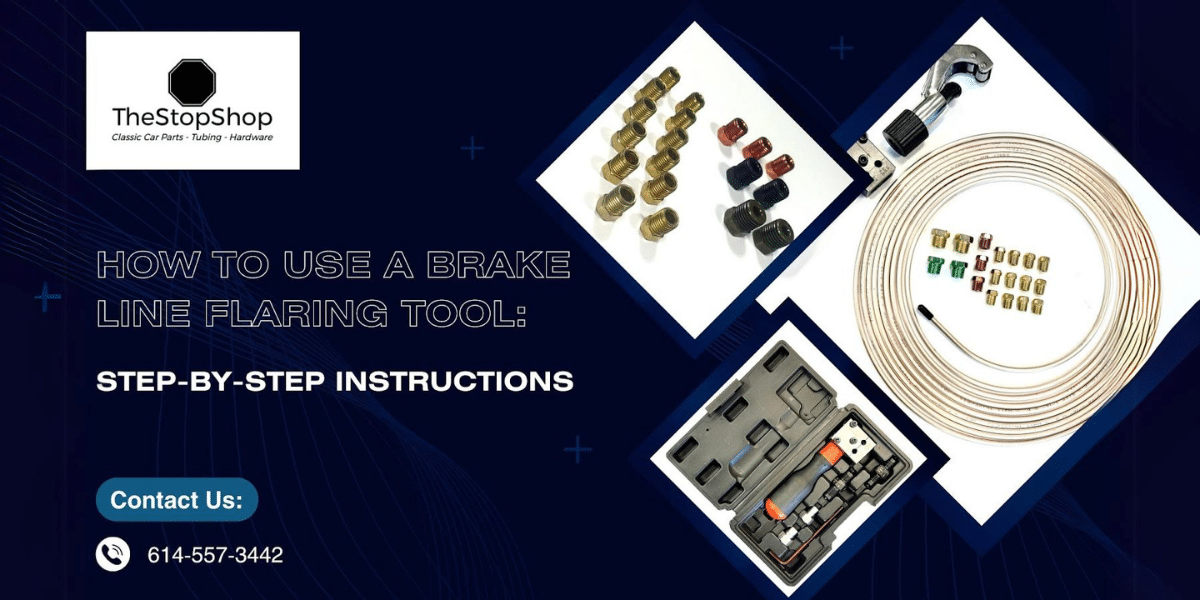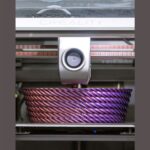By: SEO Mavens.
Steps to Install Brake Line Tubing
How to Measure and Cut the Brake Line Tubing
To begin with, determine the length of the required brake line tubing. For accuracy, you can use measuring tape or a ruler. There is not much information on measuring the length of the tubing, so you may have to draw a line at the intended size with a marker. With the brake line cut at the marked point, it is now time to use a tubing cutter to cut. Ensure the cut is clean and straight so you can flare it properly.
Trim the Cut Tubing
Once the fuel line tubing has been cut, the next step is to deburr the edges of the cut line. This is necessary to eliminate any edges hindering the flaring process. Deburr the inside and outside of the cut tubing using a deburring tool. Thus, the surface is clean and uniform for flaring and helps avoid leaks.
Put in the Fitting
Before flaring it, slide the correct brake line fitting onto the tubing. This is a very important step, failing which one will have to trim the tubing and redo the procedure. In most of the automotive brake systems, you will be dealing with inverted flare fittings.
Trap the Tubing in the Flaring Tool
Place the tubing in the corresponding slot in the brake line flaring tool that has been opened. The tool should have some marks or some instructions that tell the user how much of the tubing is to be outside the clamp. Make sure the tubing is positioned in the right manner and tighten the clamp to fix the tubing.
The Initial Flare Is To Be Created
Fix the flaring cone to the flaring tool. Align the cone over the end of the tubing and start rotating the handle to make the cone seat on the brake line tubing. This process forms the first flare, the end of the tubing is tapered to form a conical shape in this step. If the tool provides information on the required number of flaring turns, then the user needs to follow it.
Inverted Flare Formation
In cases, you will need to produce an inverted flare for most of the brake line fittings. To do this, it is required to dismantle the flaring cone and put the inverted flare adapter in its place. Place the adapter over the first flare and turn the handle clockwise to force the adapter into the tubing. This process basically reverses the flare and provides a very good seal for the brake line fitting.
Check out Flare
After the flare is done, disconnect the tubing from the flaring tool and look for any defects on the flare. It should be of equal thickness and should not have any cracks or uneven surfaces all over the flare. A proper flare also ensures that there are good connections and there will be no chance of brake fluid leakage.
Fit the Brake Line
Once the flare is done, put the brake line fitting in as well and tighten it down. Secure the brake line tubing to the vehicle with brake line clips so that it stays in place. Make sure that the tubing is positioned properly and that it is not near any parts that are in motion or near heat.
Conclusion
As for the practical usage of the brake line flaring tool, it is relatively easy to use and the operation can be practiced properly. It is recommended to go through the following series of instructions in order to check whether the brake lines are flared and fitted correctly. This not only improves the safety and efficiency of the brake system of your car but also relieves you of the concern of having a brake line leak and makes it ready to use. Happy flaring!
Published by: Nelly Chavez

















